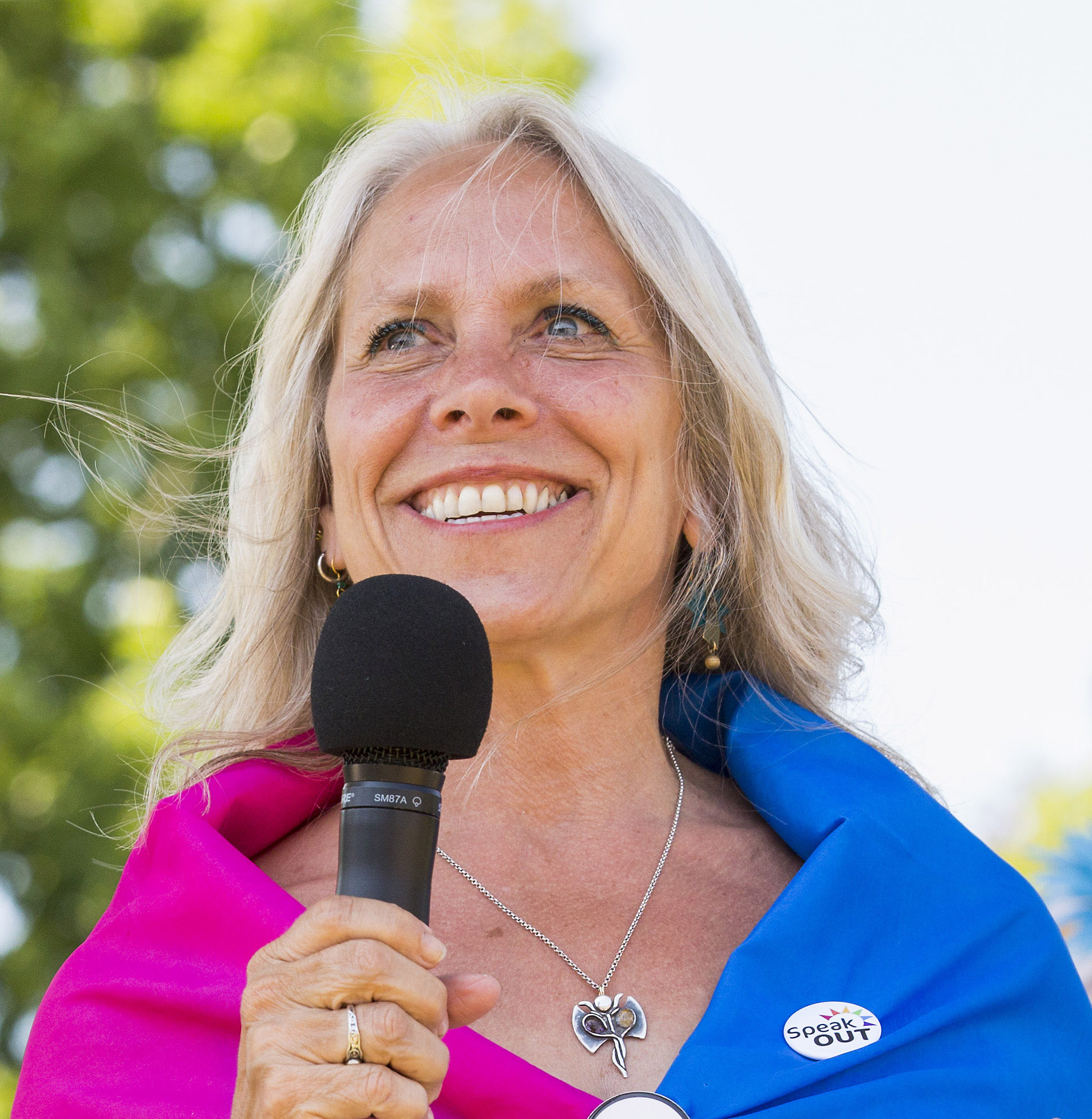This is the second issue on intersectionality. Kimberlé Krenshaw, who coined this term in 1989, used the metaphor of a traffic intersection to explain this concept: “Intersectionality is what occurs when a woman from a minority group tries to navigate the main crossing in the city. The main highway is ‘racism road.’ One cross street can be Colonialism, then Patriarchy Street . . . . She has to deal not only with one form of oppression but with all forms, which link together to make a double, a triple, multiple, a many layered blanket of oppression.” Each of us has multiple categories of identity, and each of our identities affects our experience of each of our other identities. Some of our identities give or deny us privilege, some simply shape our experience. For example, the experience of growing up in Los Angeles is not the same as growing up in rural Idaho.
The theme of this issue is “Intersection: Geography.” Readers were given the following prompt: “Howhas your geographic location (where you are from, where you have lived and/or where you live now) affected your experience of your sexual orientation?”
This issue includes prose and poetry by Jane Barnes, Gwendolyn, Harrie Farrow, the Rev. Francesca Bongiorno Fortunato, Linda Blair, Nikki Smith, Jan Steckel and Simone Wise.
The Bi Women Around the World feature returns with an interview with Maria Santiaguera in Cuba. There’s also Ask Tiggy, News Briefs and a calendar of events.
Here’s a challenge to you, our readers: if you don’t see your experience represented, please consider submitting your writing or artwork. And finally, please spread the word about this publication far and wide.
Robyn

